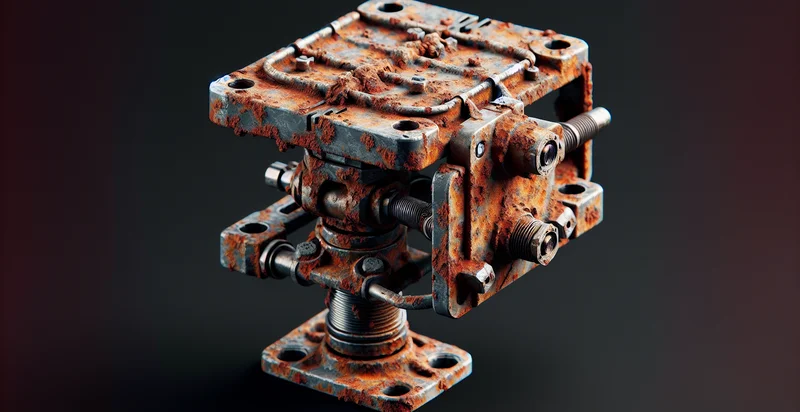Identify antenna array
using AI
Below is a free classifier to identify antenna array. Just upload your image, and our AI will predict what type of antenna configuration it is - in just seconds.

Contact us for API access
Or, use Nyckel to build highly-accurate custom classifiers in just minutes. No PhD required.
Get started
import nyckel
credentials = nyckel.Credentials("YOUR_CLIENT_ID", "YOUR_CLIENT_SECRET")
nyckel.invoke("antenna-array", "your_image_url", credentials)
fetch('https://www.nyckel.com/v1/functions/antenna-array/invoke', {
method: 'POST',
headers: {
'Authorization': 'Bearer ' + 'YOUR_BEARER_TOKEN',
'Content-Type': 'application/json',
},
body: JSON.stringify(
{"data": "your_image_url"}
)
})
.then(response => response.json())
.then(data => console.log(data));
curl -X POST \
-H "Content-Type: application/json" \
-H "Authorization: Bearer YOUR_BEARER_TOKEN" \
-d '{"data": "your_image_url"}' \
https://www.nyckel.com/v1/functions/antenna-array/invoke
How this classifier works
To start, upload your image. Our AI tool will then predict what type of antenna configuration it is.
This pretrained image model uses a Nyckel-created dataset and has 28 labels, including Alma, Apertif, Atca, Carma, Cber, Chime, Csiro, East, Evla and Flash.
We'll also show a confidence score (the higher the number, the more confident the AI model is around what type of antenna configuration it is).
Whether you're just curious or building antenna array detection into your application, we hope our classifier proves helpful.
Related Classifiers
Need to identify antenna array at scale?
Get API or Zapier access to this classifier for free. It's perfect for:
- Signal Quality Monitoring: The antenna array identifier can be utilized in telecommunications to monitor signal quality by classifying the performance of various antenna arrays in real time. This helps operators quickly identify any deterioration in service, enabling timely maintenance and optimization.
- Smart City Infrastructure Management: In smart city initiatives, the function can be employed to classify and monitor antenna arrays used for IoT devices. By ensuring that these antennas are operating efficiently, city planners can enhance connectivity and data collection for urban applications.
- Satellite Communication Optimization: The function can aid satellite communication providers by identifying and classifying antenna arrays used for ground station operations. This optimization ensures better alignment and performance, leading to improved satellite signal reliability.
- Security Installations: In security and surveillance applications, the antenna array identifier can classify different antenna systems used in detection and monitoring setups. This classification helps security personnel ensure that the appropriate antennas are active and functioning correctly in various scenarios.
- Research and Development: Academic and corporate R&D teams can use the antenna array identifier for experimentation with new antenna designs and configurations. By classifying the effectiveness of these designs, teams can enhance their research outcomes and foster innovation in antenna technology.
- Frequency Spectrum Management: Spectrum regulators can apply the antenna array identifier to monitor and classify antenna arrays utilized in specific frequency bands. This classification aids in the efficient allocation of frequency resources, minimizing interference and optimizing radio spectrum use.
- Disaster Response Communication: Emergency response teams can leverage the antenna array identifier to quickly classify and deploy antenna systems in disaster-affected areas. This ensures effective communication and coordination, crucial for rescue and recovery operations during crises.


